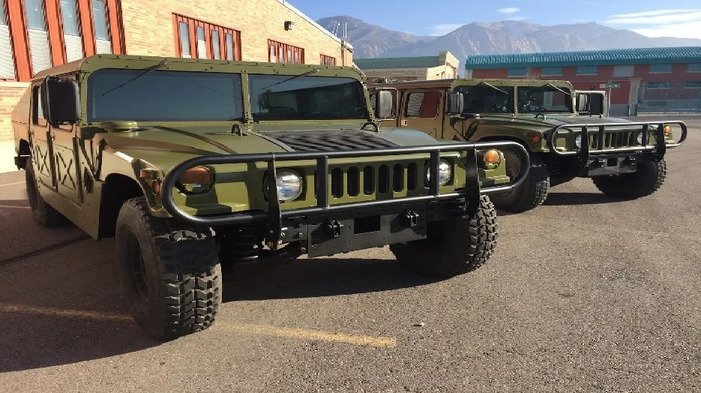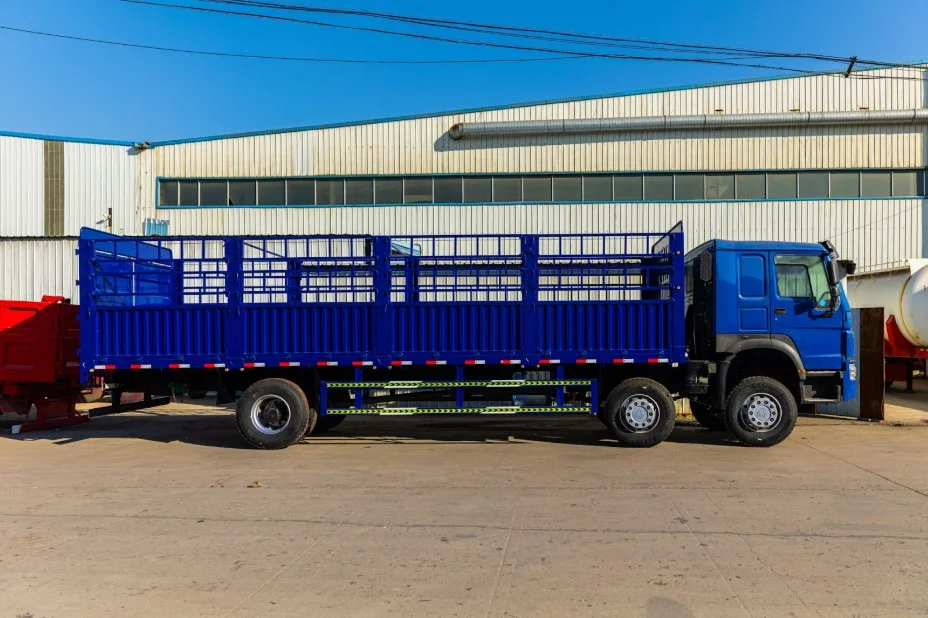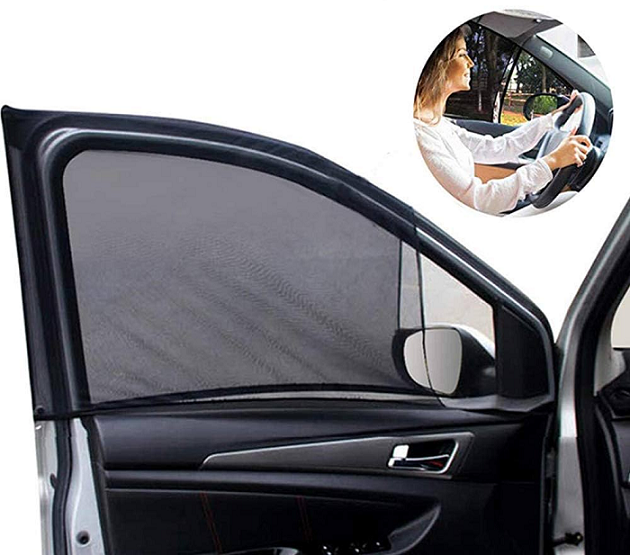Military surplus vehicles have long captured the attention of automotive enthusiasts, and few are as iconic as the Military Humvee. Known for its rugged durability and off-road capabilities, the Humvee has found a second life with civilians who appreciate its unique design and performance. However, purchasing a Military Humvee for sale doesn’t mean it’s ready to hit the streets. These vehicles were designed for combat zones—not highways—and lacked many features required by law for civilian road use. Before you can legally drive your Humvee on public roads, a few crucial modifications are necessary.
Install DOT-Approved Headlights and Taillights
Military Humvees often come equipped with blackout lights or non-compliant lighting systems that don’t meet Department of Transportation (DOT) standards. These lights were designed to reduce visibility to enemy forces, not provide safe illumination for civilian roads. Replacing them with DOT-approved headlights and taillights enhances safety, visibility, and legal compliance, especially during night driving or low-light conditions.
- Replace Blackout Headlights: Military headlights usually have limited light output and beam spread, which is insufficient for safe civilian driving. DOT-approved LED or halogen headlights offer broader illumination, better visibility, and increased safety at night or during poor weather conditions.
- Upgrade Rear Taillights: Original taillights may not include essential functions like brake indicators or turn signals. Installing multi-functional taillight assemblies ensures other drivers can anticipate your moves, significantly reducing the risk of rear-end collisions.
Add Windshield Wipers and Washers
Many Military Humvees were never equipped with windshield wipers or washers, especially models used in arid climates or combat areas. However, in civilian settings, wipers and washers are crucial for maintaining clear visibility during rain, snow, or mud splashes. These components are not optional—they are required in most states for a vehicle to pass inspection and be deemed roadworthy.
- Install Wiper Arms and Blades: Wiper arms must be properly mounted and powered by an electric motor that can handle multiple speed settings. Ensure the wipers cover a wide enough area of the windshield to provide adequate visibility during storms or wet road conditions.
- Add a Washer Fluid System: This system typically includes a fluid reservoir, a pump, and nozzles mounted near the windshield. It allows the driver to clean the windshield on demand, which is especially useful for removing mud, bugs, and road grime that accumulate during driving.
Install Seat Belts
Seat belts are a fundamental safety feature and a legal requirement for all passenger vehicles. Military Humvees often lack them, as seat belts weren’t always prioritized in combat situations. To ensure occupant safety and pass road safety inspections, proper seat belt systems must be installed for all seating positions.
- Front Seat Belt Installation: Three-point seat belts are the standard in modern vehicles and offer the best combination of lap and shoulder restraints. Reinforced mounting points should be welded or bolted to the Humvee’s frame to secure the belts and comply with crash safety standards.
- Rear Passenger Seat Belts: If the Humvee is configured to carry passengers in the back, those seats must also be equipped with seat belts. Each belt must be tested for strength and proper retraction to ensure it functions correctly in an emergency.
Side Mirrors and Rearview Mirror
Proper mirrors are essential for maintaining awareness of traffic around the vehicle. While some Military Humvees come with basic mirrors, they often lack the adjustability and size needed for safe highway use. Installing upgraded mirrors improves visibility, assists in lane changes, and helps with safe maneuvering in tight spaces.
- Add Exterior Side Mirrors: DOT-approved side mirrors are typically larger and provide better coverage of blind spots. Adjustable mirrors—whether manual or powered—allow the driver to maintain optimal visibility regardless of load or driving conditions.
- Install Interior Rearview Mirror: This mirror helps the driver monitor traffic behind the vehicle and is a legal requirement in most states. Enhanced models with night-vision dimming or backup camera displays can provide even more safety during night driving or parking.
Tire Replacement
The tires on most Military Humvees are designed exclusively for off-road performance and may not be suitable—or legal—for public roads. Many of them lack the required DOT certification, which means they haven’t been tested for civilian highway safety standards. Replacing them is critical to ensure proper handling, braking, and legal compliance.
- Replace with DOT-Stamped Tires: Tires must be marked with a DOT stamp to confirm they meet highway safety standards. Choose all-terrain or mud-terrain tires that offer a balance between off-road capability and smooth, safe on-road performance.
- Check Load Ratings: Military Humvees are heavy vehicles, and their tires must be capable of supporting the full vehicle weight plus any additional cargo. Using under-rated tires can lead to premature wear, poor handling, or even dangerous blowouts.
Conclusion
Purchasing a Military Humvee is just the beginning of the journey toward owning a powerful, head-turning off-road machine that can also operate legally on public roads. Before hitting the pavement, owners must invest in essential upgrades such as DOT-compliant lighting, functioning windshield wipers, legal tires, mirrors, and proper seat belts. These modifications not only satisfy legal requirements but also significantly enhance the vehicle’s safety, comfort, and usability. By working with local DMV offices and professional mechanics familiar with military vehicle conversions, enthusiasts can confidently transform their Humvees into road-legal vehicles ready for urban streets and off-road adventures alike.
Refresh Date: August 21, 2025



